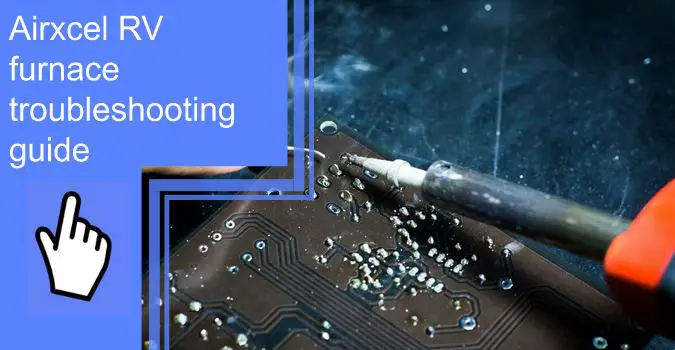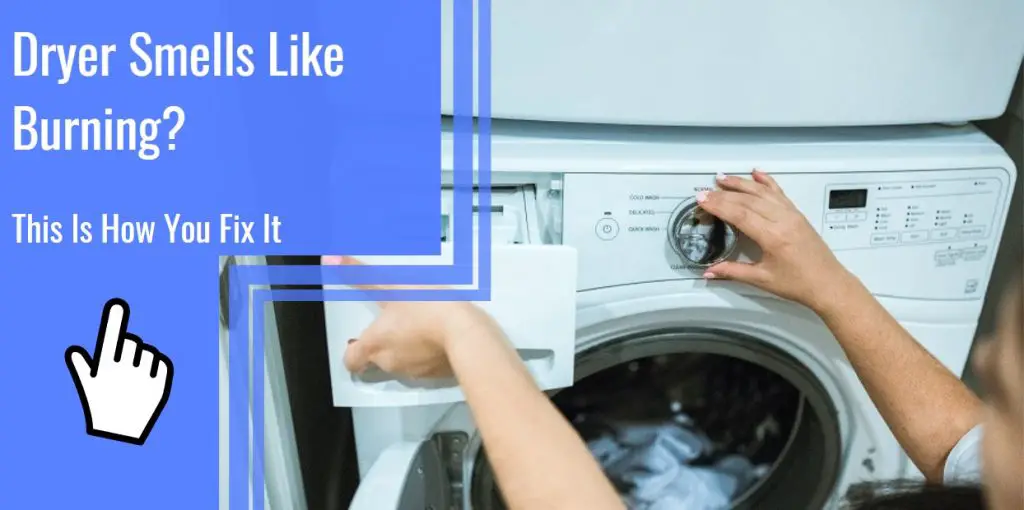What you find on this page:
Airxcel is a leading manufacturer of RV components and products. Airxcel is responsible for brands such as Suburban, their RV furnace brand. Due to the difference in makes and models, there is no one size fits all solution to issues a furnace might have. However, there are basic steps anyone can take to fix their RV furnaces.
Although Airxcel makes durable, long-lasting products, there can be issues with even the best quality of products. This guide will help you understand why your furnace might be giving you trouble and how you can resolve the issue.
Common RV Furnace Problems (and How to Troubleshoot)
When an RV furnace is giving you issues, it is usually one of these common problems causing the whole system to fail:
- Diagnostic light going off
- Furnace needs reset
- Fan runs but no heat
- Furnace stops and starts
- The furnace won’t shut off
- Not working on battery
- Weak airflow
- Loud fan
- Furnace clicking, but not lighting
- Not turning on automatically
- Blowing cold air
The first step in Airxcel furnace troubleshooting is to reset it. If you’re asking, “How do I reset my RV furnace?” or “Is there a reset button on an RV furnace” you can usually find the reset button inside the furnace, near the blower. Shut off the furnace and the fuel supply, and press the reset button. If this doesn’t resolve your issue, something else is wrong.
This guide will show you how to troubleshoot your RV furnace to find the source of the problem and when it’s time to call in repair service.
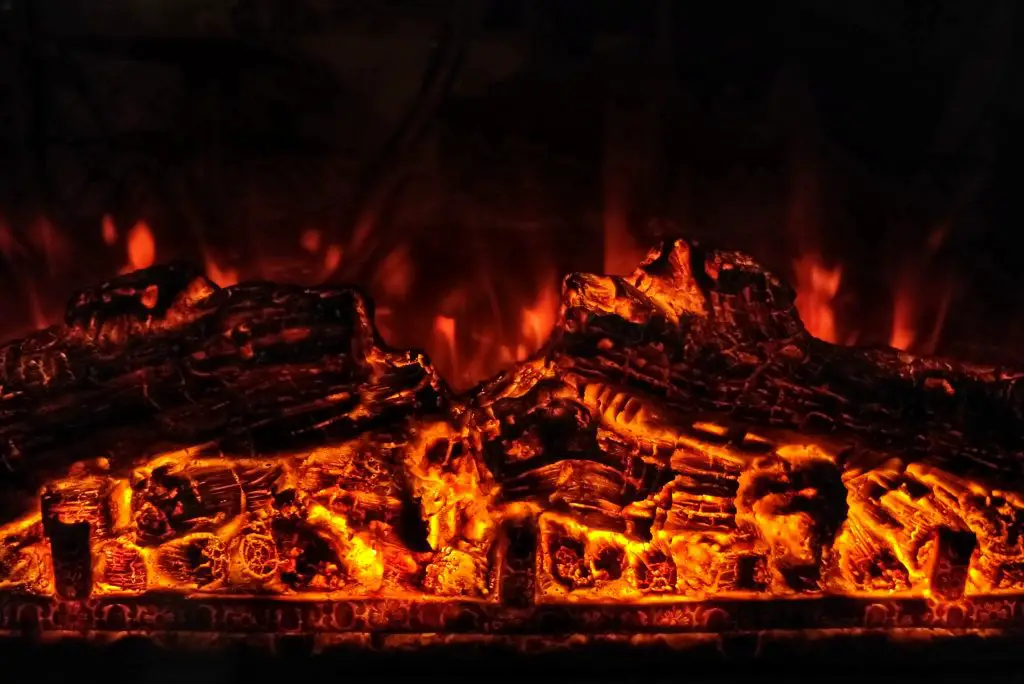
1. RV Furnace Diagnostic Lights and Codes for Troubleshooting
Although there are many different furnace brands, each follows common diagnostic codes that anyone can learn how to understand. These codes will tell you what is wrong with your furnace and are in the owner’s manual or guide that came with the furnace.
To read the diagnostic lights and codes first, have the instructional guide book with your furnace on hand. Then, locate the LED lights blinking at the power source of the furnace. The blinking pattern and color will tell you the error with how fast it blinks and how many times it blinks.
Each RV furnace is different depending on the make, model, and year, but the instructional guide, owner’s manual, or sometimes a sticker on the furnace will have a clear chart that identifies the meaning behind each code.
Not every furnace will utilize the diagnostic light and code system, though. Therefore, it’s crucial to be able to troubleshoot and diagnose problems with your furnace manually as well.
2. The Fan Runs, but There’s No Heat
If you can hear your fan turn on after turning up the thermostat, your blower/fan is not the problem. But what could be preventing the furnace from producing heat? If you’re sure you hear the fan and still feel no heat, there are a few different issues it could be, including:
- Fuel Supply
- Sail Switch Failure
- Igniter Issues
- Gas Valve
- Control Board
Troubleshooting Which Issues Are Preventing Heat
The fuel source is the most common reason for the heat to fail. First, check the propane supply for the adequate amount of propane necessary to fuel the furnace by using a tank gauge. Next, check if the propane tank valve is open – you may have closed it while storing your RV or it could have happened accidentally. Lastly, you will want to see if the onboard propane regulator has clogged.
Failure of the sail switch to open is another common issue that occurs. The sail switch must open for the furnace to create heat. It comprises one of the two safety switches in an RV furnace system.
Sometimes, debris can clog the switch and can be cleaned out to let the fuel flow freely again. However, if this doesn’t work, you may need to purchase a replacement switch.

3. The Furnace Stops and Starts
If your furnace comes on but starts shutting off before it reaches the right temperature, it could be one of these two issues:
- High-level switch
- Flame sensor
The high-level switch is the second safety switch on a furnace. This switch turns off when it reaches a certain temperature in the combustion chamber. If your furnace shuts off before it reaches your desired heat level, there may be a leak causing the combustion chamber to get too hot.
First, check if something is blocking the exhaust and ensure proper airflow. Next, check the combustion chamber tubes, looking for any damage or holes. If there are no issues with either of these, your switch itself may be bad. This can be checked with a multimeter.
The flame sensor produces electricity when heated by the ignited propane gas. When your furnace is shutting off prematurely, it could be that the flame sensor has gone out. The flame sensor will shut off the entire furnace when it goes out to prevent gas from flowing. The flame sensor is a part of the igniter.
4. Thermostat at Set Temperature, but Furnace Doesn’t Shut Off
If your furnace has reached your desired temperature but it’s still running, it may be an issue with the thermostat itself. Your thermostat “requests” the heat from the furnace, so if it is still requesting more heat even after reaching the right temperature, there’s likely an issue with the thermostat. You can use your multimeter to check the voltage present in the thermostat.
Remember, it is normal for the furnace fan to run for a few minutes even after the temperature is reached to cool down the furnace.
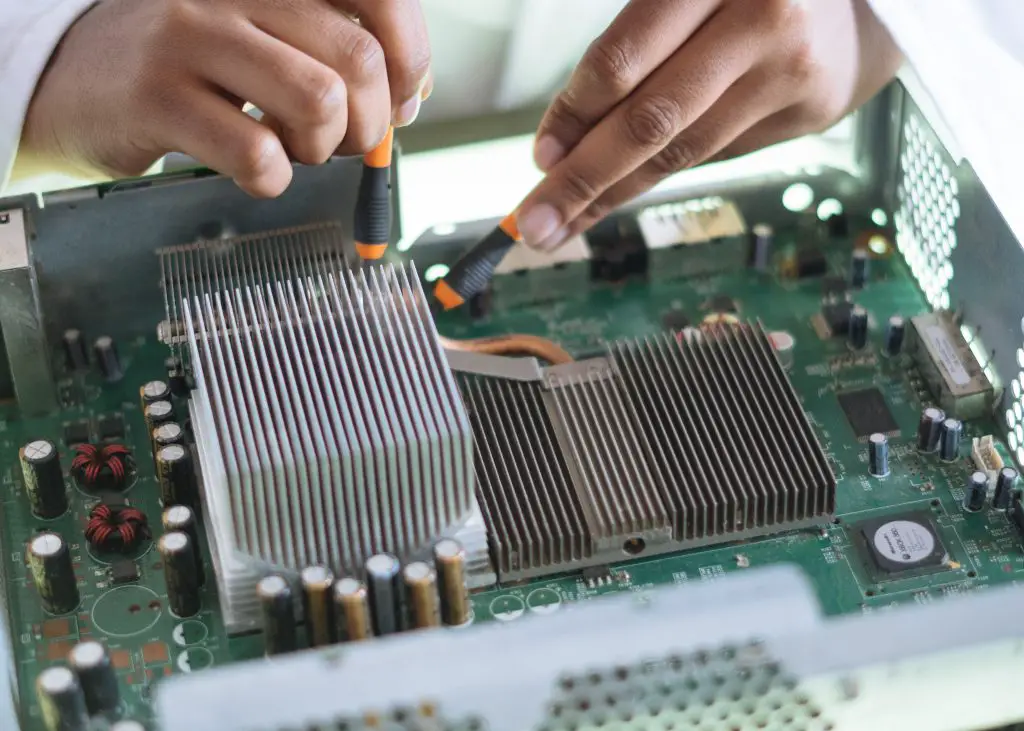
5. Furnace Not Working on Battery (vs. Shore Power)
Sometimes a furnace stops working on battery, only relying on shore power. This means your battery is likely corroded or needs a replacement for another reason.
6. Weak Air Flow Through Vents
Check out the vents to see if anything is blocking the airways. This could be dirt, debris, or a leak in the system. Also, check the air filter to see if it is full of dust and debris and may need to be replaced. If there isn’t anything blocking the airflow, it could be a leak in the air distribution hoses, or one of them may be loose.

7. Furnace Fan Makes Loud Noises
Sometimes a loud noise from the furnace fan could mean the fan needs to be cleaned. Dust on the blades can weigh them down and make them louder. Check the exhaust for blockage if you notice the fan is still making noise even after cleaning it. Dust or debris may be blocking the exhaust, also causing the fan to make a loud noise.
8. RV Furnace Clicking but Not Lighting
If you hear your furnace clicking as if it is trying to light, but nothing is happening, it is likely an issue with the igniter. The igniter system may need replacing, and this issue often requires a professional repair service to be resolved.
9. RV Furnace Not Turning On Automatically
Your furnace should come on anytime your thermostat temperature goes below your desired temperature or if you manually turn the thermostat up. However, if this does not happen, the issues could be with the thermostat, the furnace fuse, the control board, or the motor. Within each of these components, components such as the sail switch could be at fault.
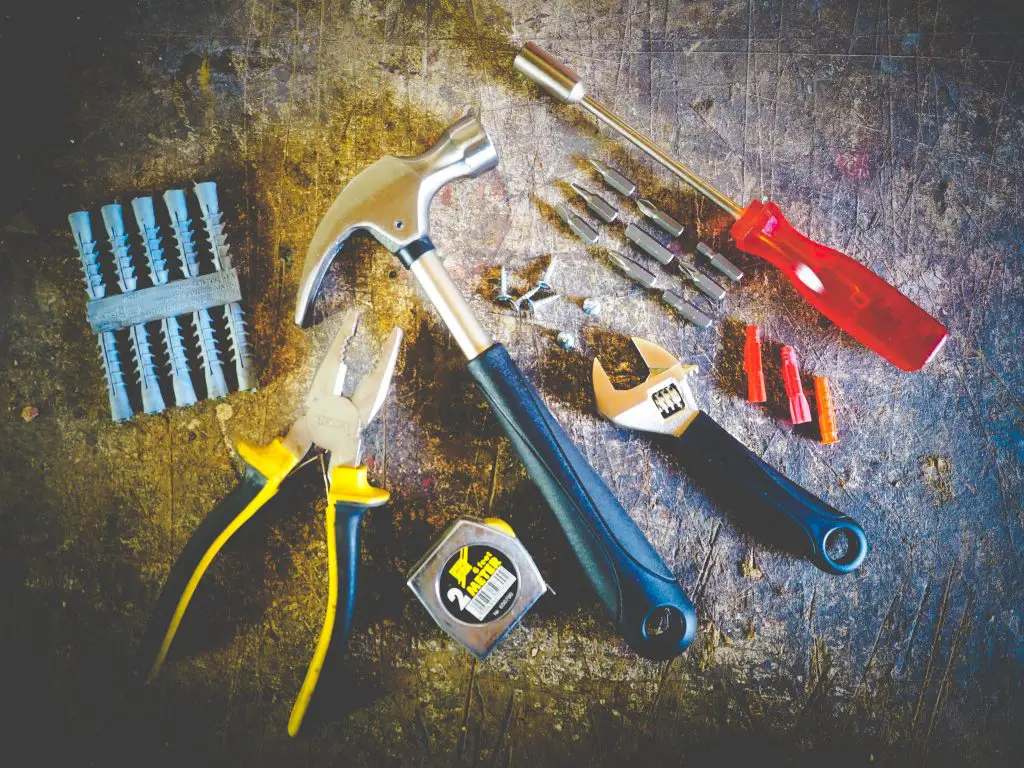
10. RV Furnace Blowing Cold Air
“Why Is My RV blowing cold air?” Well, a failed sail switch prevents the furnace from fully igniting. This switch can only open properly if the fan is up to full speed. Check the switch for debris that could be blocking the opening. If there isn’t anything wrong with the switch or fan, your fuel source may be low or need replacing.
Conclusion
It’s best to get your RV furnace regularly serviced and updated on maintenance to keep it functioning properly. Expert repair services are also best for preventing potential gas valve, igniter, or flame sensor issues. Each of these components could be dangerous if not handled correctly. Therefore, it’s best to call for help if you suspect anything wrong with these parts or feel overwhelmed by the issues.
Frequently Asked Questions
Check for a gas leak since it’s a clear indicator that something is going wrong with the gas valve. Immediately exit your RV once you detect any odors from your gas valve.
Set a multimeter to ohms. Close the switch manually and attach the red and black leads to the two connectors on the switch. When closed, a properly working sail switch should read between 0.0-0.2 ohms.
Contact an RV parts supplier near you to have the control board evaluated on a test bench. Then you can swap a faulty board out with a replacement board.

